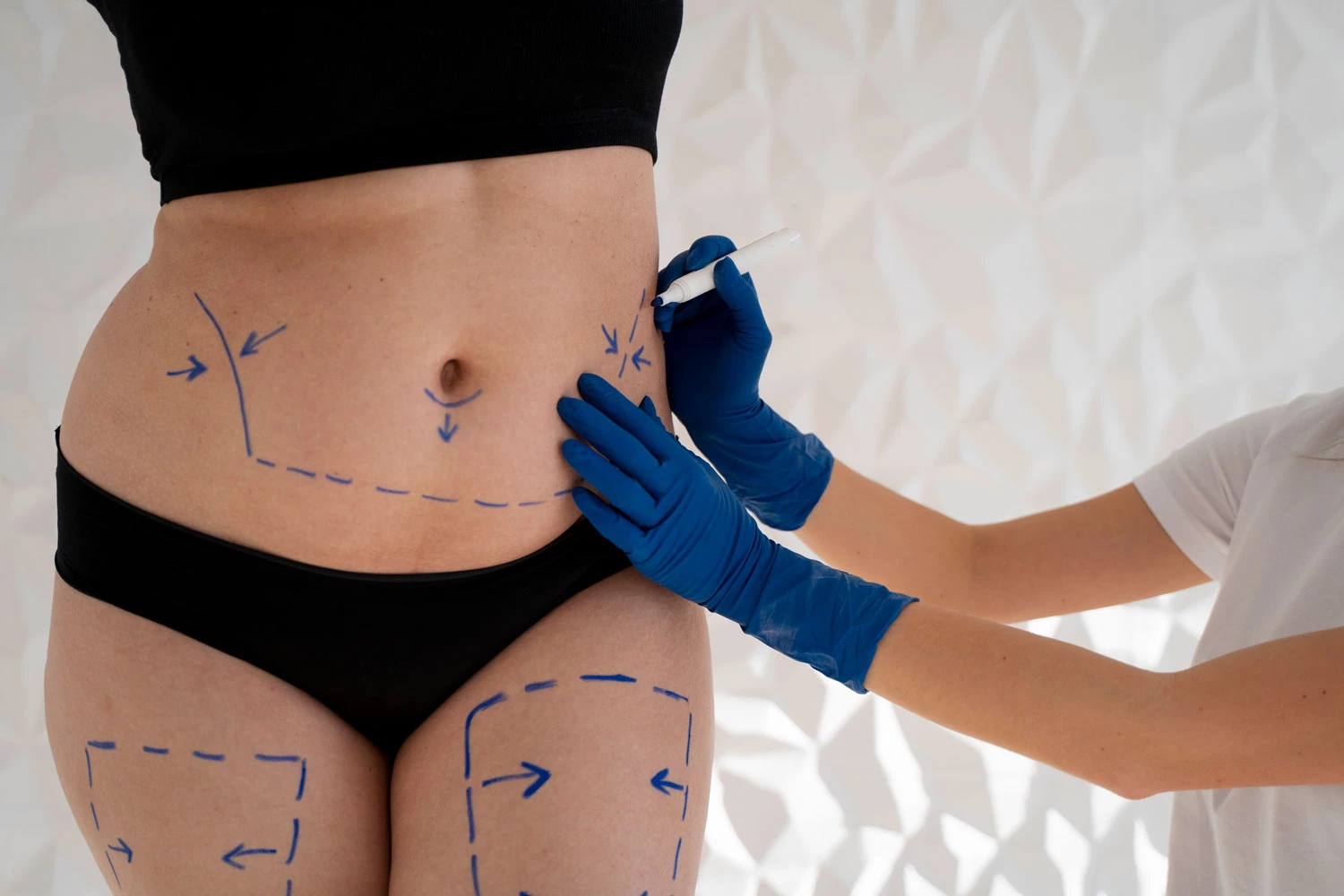Gastric Botox procedure is a medical procedure where botulinum toxin is injected into the walls of the stomach to alleviate pain, reduce bloating, and relieve stomach spasms. Botulinum toxin is a type of toxin that is used in small quantities in medical treatments, as it works to alleviate muscle spasms and reduce tension in muscle tissues.
This procedure is performed by inserting botulinum toxin into the stomach using a very thin instrument that injects the toxin directly into the stomach area. The injection works to reduce spasms in the muscles, which helps to alleviate pain, reduce bloating, and relieve the feeling of fullness.
It should be noted that although Gastric Botox is effective in treating pain and spasms in the stomach, it is not a permanent solution and cannot be used frequently. Patients should regularly consult their treating physician to evaluate their condition and adjust the appropriate dose if necessary.



